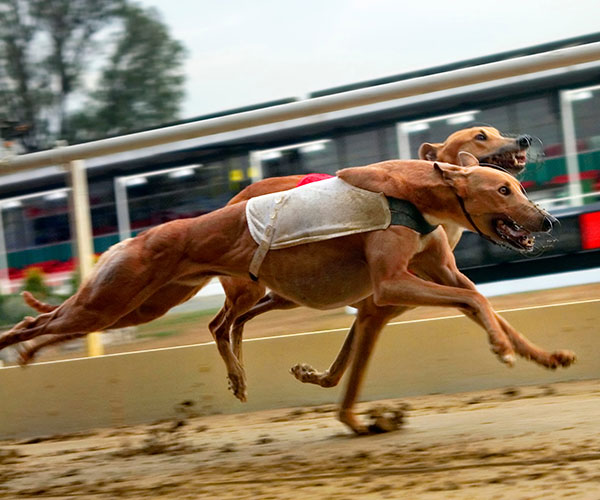Bringing a pet dog into your family has many great rewards, but how do you know which is the best child-friendly dog for your home?
Dr Simone Maher, AWLA Veterinarian and Dr Jo Righetti PhD, animal behaviourist both Ambassadors for Purina One and Purina Beyond are sharing their best tips to help you make the right decision.
There are many things to consider before briging a pet into the home, least of all is the fact that you’re making a huge commitment.
“Taking on a new, furry family member means that for the subsequent 15 or so years, you will have another individual to feed, clean up after, devote time to and care for medically. You will need to consider arrangements for when you travel and the financial commitment,” explains Dr Simone.
“And of course I’m biased – but for me, dog ownership is worth every bit of this. The ‘I can’t believe you’re home’ greetings and the ‘you look sad – but don’t worry, I’m here’ moments more than make up for the poop-scooping and chewed shoelaces.”
READ: 10 hypoallergenic dogs for allergy sufferers
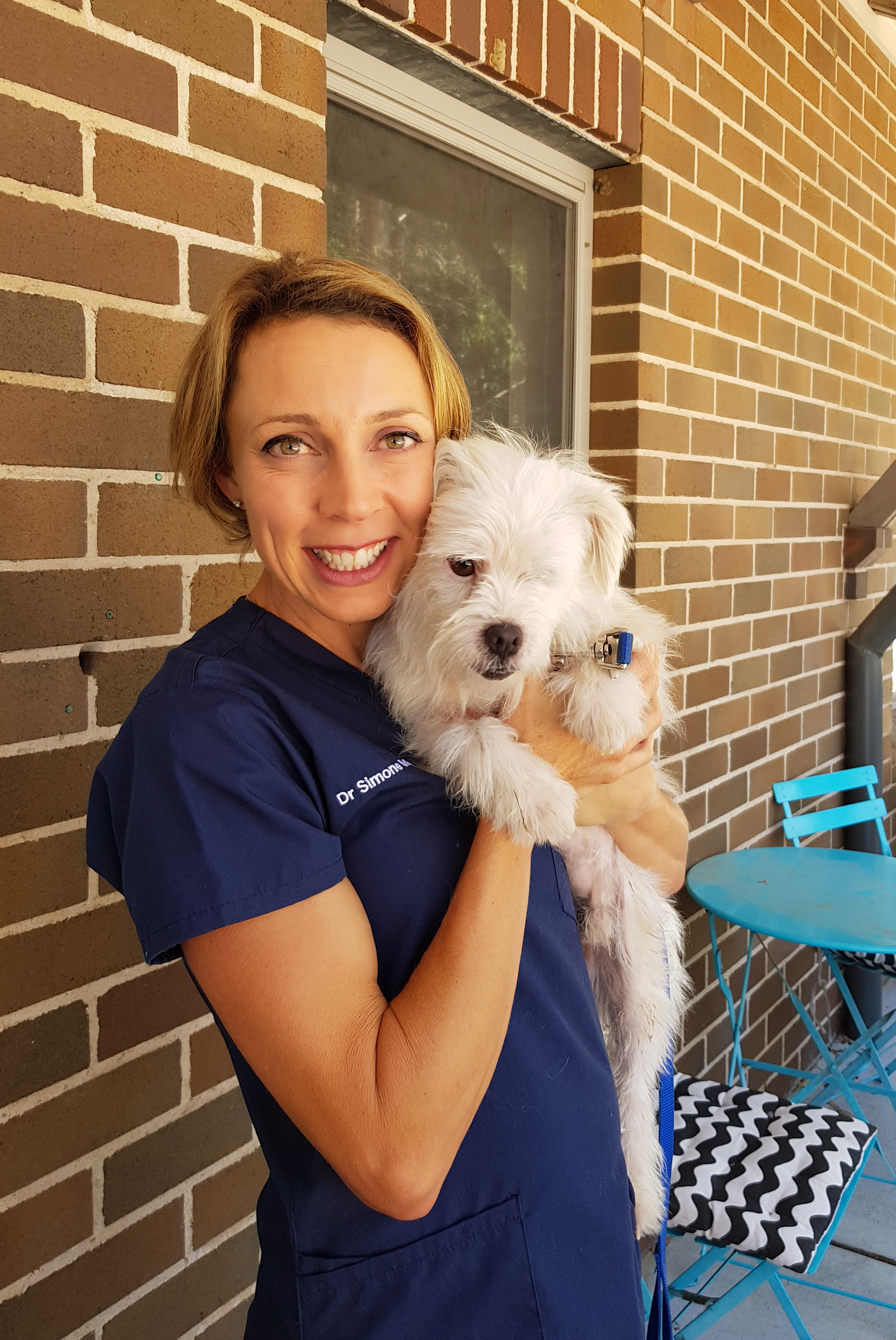
Purina One and Purina Beyond ambassador and AWLA Veterinarian Dr Simone Maher says that while dog ownership is a huge commitment, it is totally worth it! Image: Supplied.
What should families look for when choosing a dog?
“Firstly, are you after a puppy or an older dog? Puppies are divine – but they are a lot of work. The amount of time and energy you invest now will really shape the type of companion you have for the next 12-15 years: so, if you’re a bit time poor then a puppy may not be for you and you may wish to consider an older dog,” Dr Simone recommends.
“There are lots of rescue organisations out there – and probably one for any breed you can imagine – so you may be able to find one the is already house trained and walks well on a leash. Some groups specialise in older dogs, which I think are seriously underrated. These are often in need of much less exercise and content to doze around the house if you’re not in a position to get out and about with a dog in tow.
“Size is a consideration if you live in a very small space. A large dog with a waggy tail can damage a lot of fine china in an apartment! But don’t be fooled into thinking that small size means less exercise is needed: lots of terriers are crazy energetic and need heaps of physical activity; whereas I’ve known more than a few greyhounds who are content to laze around all day long.
“Coat length and type is important to think about. Even short-coated dogs can shed a surprising amount. Long haired dogs require regular grooming to prevent their coat getting matted (which is painful and can cause skin issues) and you mind find it easier to get them regularly clipped – but remember to factor this into your budget! Dogs with “wool” coats tend to shed much less so might be a consideration for allergy sufferers.
“If you’re after a puppy, meet the parents if you can. Temperament can be genetically linked so you want to make sure mum and dad and friendly and sociable,” she advises.
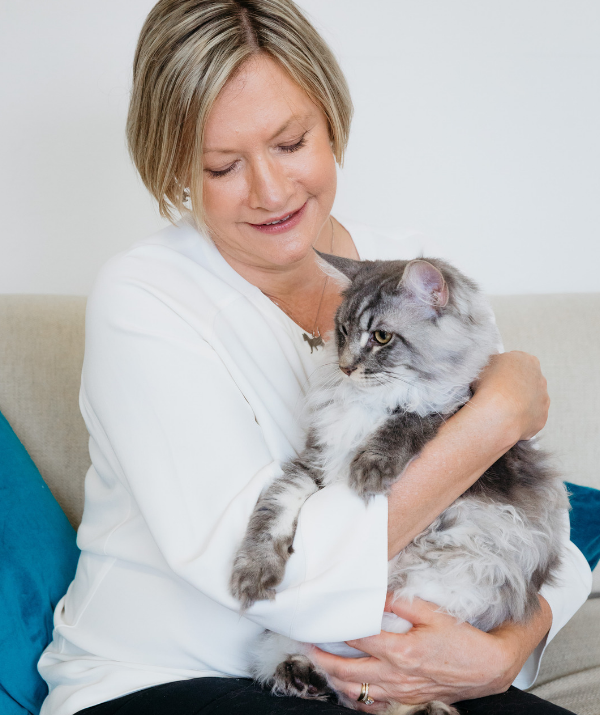
Purina One and Purina Beyond ambassador and animal behaviourist, Dr Jo Righetti has listed some great family breeds in the gallery below. Image: Supplied.
Encouraging a safe, life-long friendship for kids and their dogs
“Learning to care for a pet can be a wonderful experience for kids,” says Dr Simone.
“Making your children aware of a dog’s needs can help them learn respect and commitment. Where appropriate, get your child involved in the routine parts of pet care; teach them that just like for us, looking after our dog’s health through selecting a wholesome and nutritious diet helps them to stay healthy and well. Make sure your kids know that certain foods are toxic to dogs and no matter how sad those puppy dog eyes are, they can’t share. And never disturb a dog when it’s eating.
“Show your child how to review basic obedience training with your dog. Take them with you to training or socialisation classes. Teach them to understand that like all of us, sometimes our dogs need a bit of time out and that we need to respect that if pup retreats to his bed, he may need some time to himself so leave him be.”
So now that you know what to do once you have your dog, how will you know which one is right for you? Animal behaviourist, Dr Jo Righetti has listed some great family breeds, and what she thinks of them in the gallery below.
Gallery begins after video …
Dr Jo Righetti’s 10 top child-friendly dog breeds
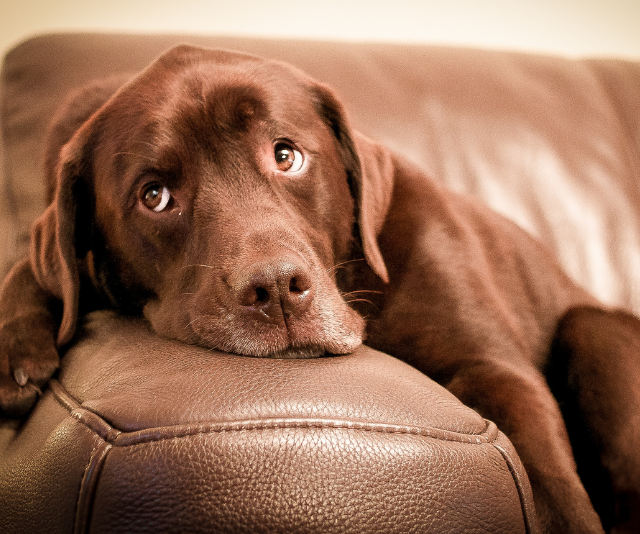
Labrador: “Lots of energy in first two – five years!” Image: Getty Images.
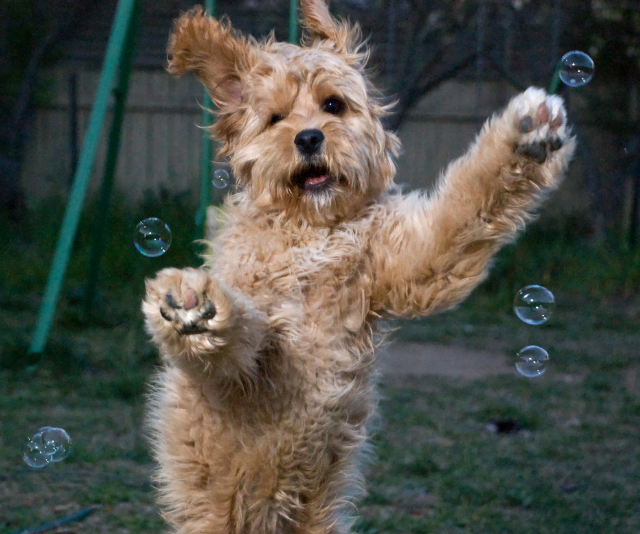
Cavoodle: “Good but very popular so choose your breeder carefully. Be aware that they’re not always non-shedding!” Image: Getty Images.
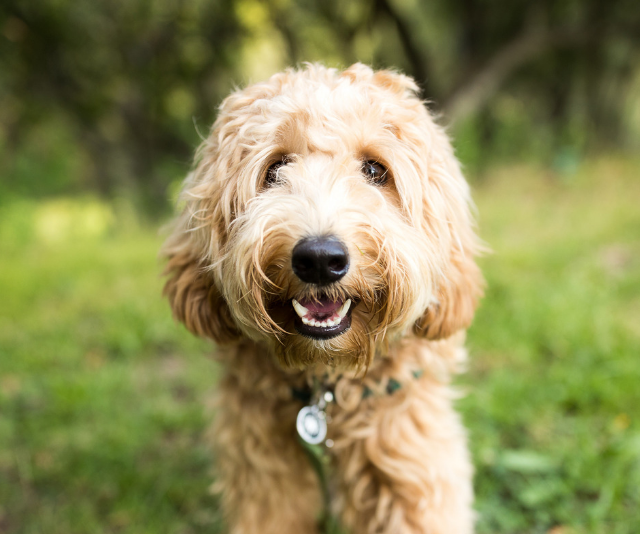
Labradoodle: Good but, like the Cavoodle very popular so choose your breeder carefully. Not always non-shedding! Can vary in size so check before buying.” Image: Getty Images.
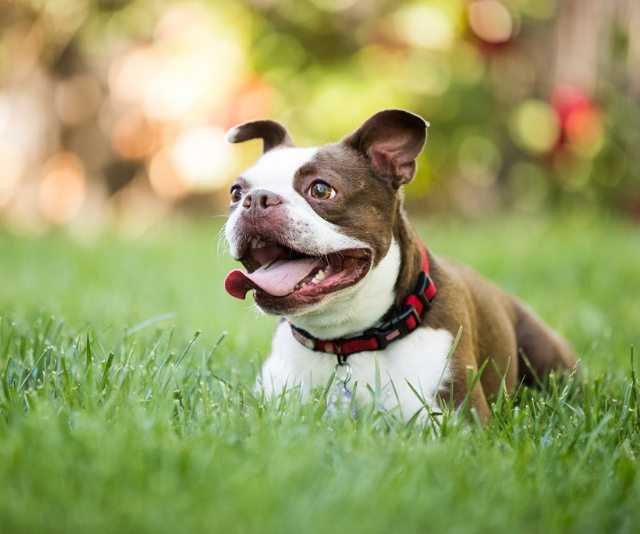
Boston Terrier: “Very popular, very expensive! Cannot exercise extensively so a great house dog.” Image: Getty Images.
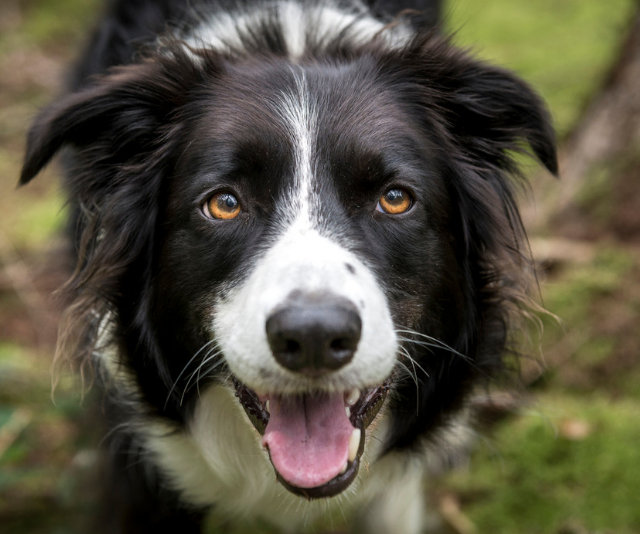
Border Collie: “Only for the very energetic family, those that run or are willing to do dog sports and training. Perhaps better with teenagers than young children.” Image: Getty Images.
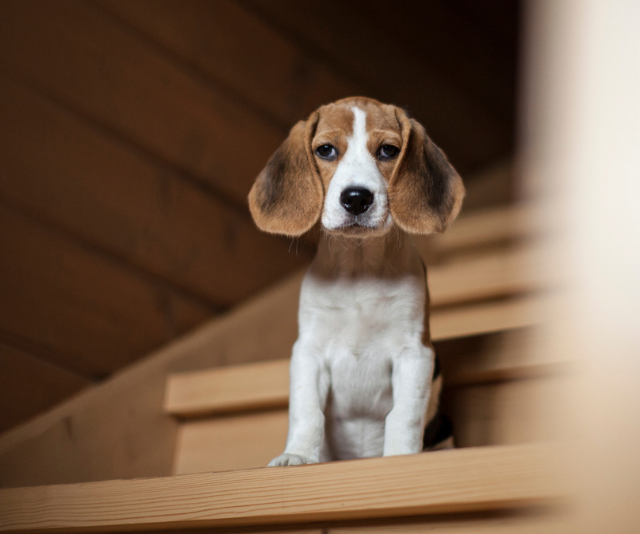
Beagle: “Ruled by their noses e.g. will find kids’ lunches in their school bags and steal!” Image: Getty Images.
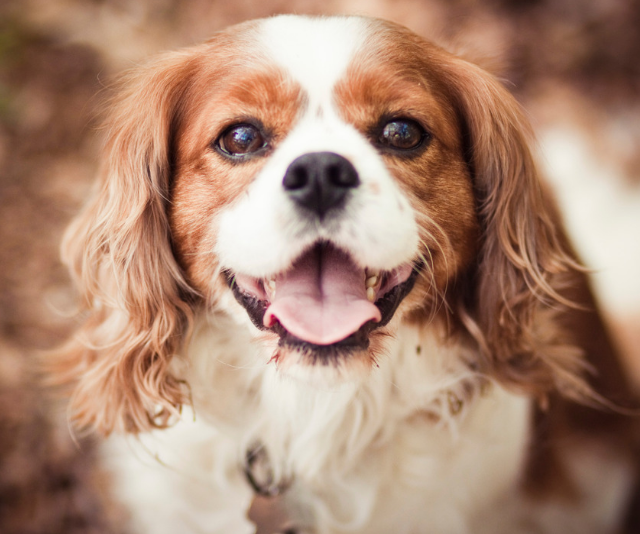
Cavalier King Charles Spaniel: “Great dog but make sure you get a healthy dog from a good breeder.” Image: Getty Images.

Basset Hound: “Hounds need to use their noses a lot – be prepared for a lot of sniffing!” Image: Getty Images.

Pug: “Good for less active people, not for families to like to walk lots as they will have breathing issues.” Image: Getty Images.
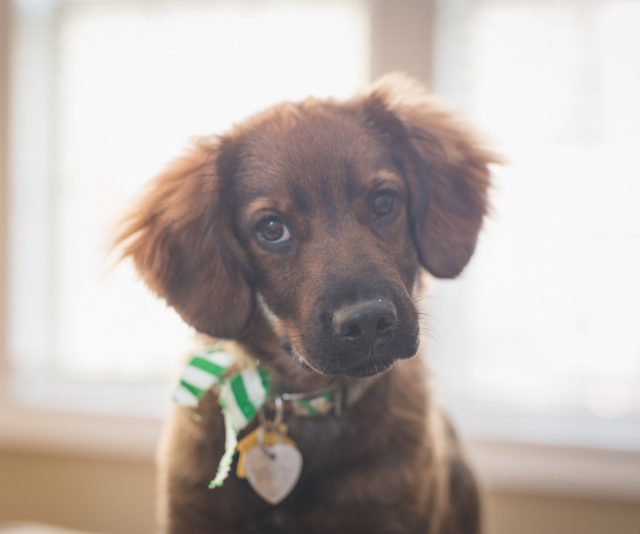
The Mixed Breed or Rescue Dog: “These come in all shapes, sizes and personalities. They may be a mix of breeds or purebred. They may be puppies or adults. They cost less than pedigrees but give just as much love.” Image: Getty Images.

